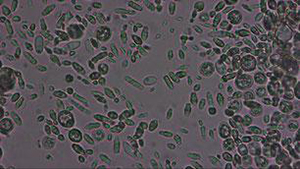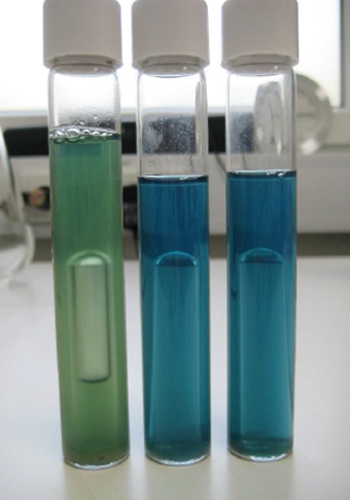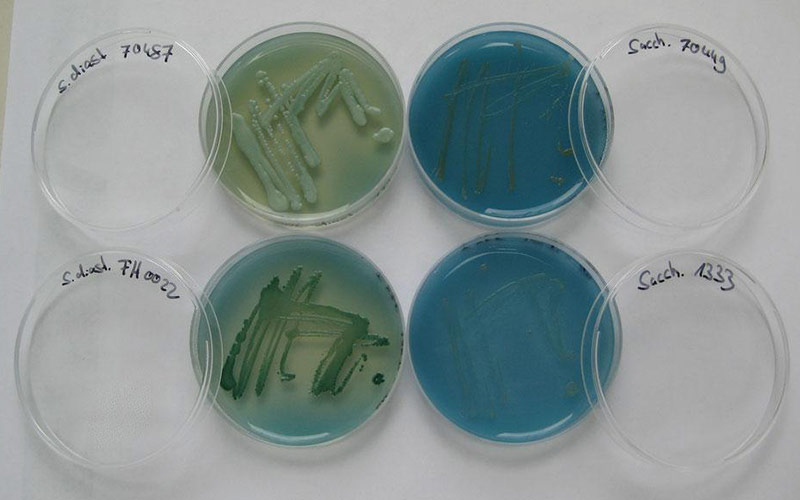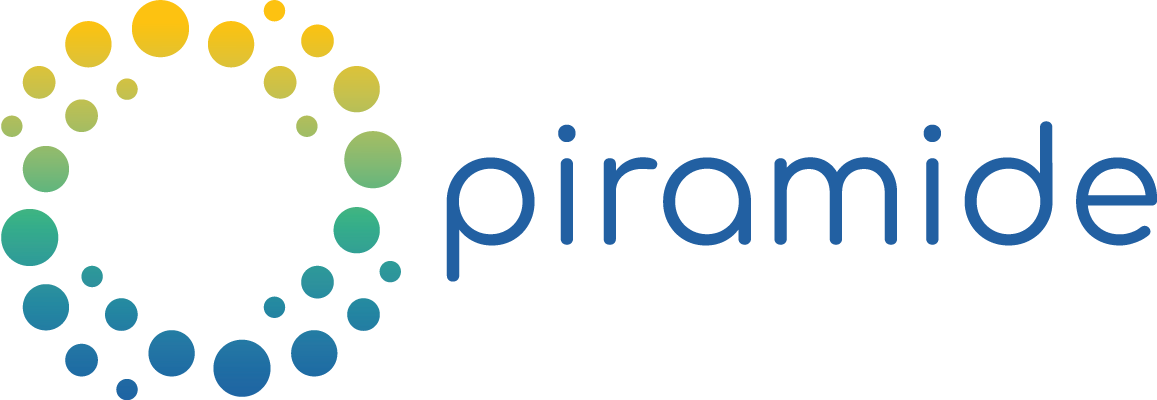Simple techniques for detecting unwanted yeasts
Wild non-saccharomyces yeasts (Dekkera spp)
Wild yeasts in the environment can pose a risk in the brewing process.
Although some wild yeast strains of the Brettanomyces / Dekkera species are purposefully introduced into certain beer styles, and selected for distinctive flavour profiles, their presence is often never desired.
Wild yeasts can produce a wide variety of unwanted aromas leading to a finished product that is organoleptically different from the desired parameters.
They also represent a major risk of cross-contamination in the brewery as they are highly biofilmogenic microorganisms.
Qualitative analysis with WILD YEAST BROTH
Their research can be easily carried out with the liquid medium WILD YEAST BROTH.
The medium is inoculated with 1 mL of beer and/or wort and incubated for 5-7 days at 25/28°C. In the case of positive samples, if incubation is carried out at 28°C, the response may be shorter (3 days), but it is still recommended to wait at least 5 days.
Positivity will be indicated by a colour change and the formation of gas inside the tube, as well as the emergence of flake on the surface in some cases.
Also in this case it is strongly recommended to confirm positivity by microscopic investigation as for NBB-B.
Positive: the medium changes colour from red/light brownish red with gas formation (e.g. tubes 4 and 5)
Negative: no colour change, and no gas.
NB: it is also possible to analyse the quality of the recovered/propagated yeast. Simply dip a sterile swab into the slurry and then break off the swab end inside the tube and proceed with the analysis as in the case of beer/must.
Brett + Saccharomyces
Even under the microscope alone, the morphological differences are clearly visible, making Brett very easy to identify.


Quantitative plate analysis
It is also possible to carry out a search for wild yeasts by analysis on selective media in Petri dishes, where it is sufficient to sow 100 microlitres of sample, or to deposit a filtering membrane on which we have filtered 100 mL of our sample. There are several media that are useful for this purpose, in dehydrated or ready-to-dispense bottle form.
- LWYM – Lin’s Wild Yeast Medium is a medium where the presence of crystal violet inhibits the growth of saccharomyces yeasts, while the growth of non-saccharomyces wild yeasts is promoted.
- LCSM – Lin’s Cupric Sulfate is a medium where the presence of cupric sulfate inhibits the growth of saccharomyces yeasts, while the growth is favoured by non-saccharomyces wild yeasts.
- LYSIN AGAR – Lysine agar is used for the determination and counting of ‘wild yeast’ colonies in beer. The composition of the medium favours the growth of wild yeasts, which are able to utilise lysine as their only source of nitrogen.
S. Diastaticus, a Saccharomyces not to be underestimated
Saccharomyces cerevisiae var. diastaticus (often called S. diastaticus) is a genetic variant of S. cerevisiae.
What makes this genetic variant so peculiar and also very dangerous is the fact that it produces ‘diastatic’ enzymes, in particular ‘glucuamylase’, which enables these strains to metabolise all the so-called ‘non-fermentable’ residual sugars (consisting of complex sugars and dextrins) and even to break down starch into simple sugars, which are then also used and transformed into alcohol and CO2.
All a matter of genetics
Yeasts are only classified as Saccharomyces cerevisiae var. diastaticus if they possess the STA1 gene. This gene is its ‘signature’ because it is always found in all diastaticus strains, but not in the common S.cerevisiae.
However, these genes may be present, but are not always expressed, which is why a positive molecular analysis is not always a risk indication for the product, but the expression of diastatic capacity should be verified, which can be done instead on specific selective media.
Furthermore, as they both belong to the Saccharomyces genus, they show a similar morphology under the microscope, making it difficult to distinguish them (which is not the case with non-Saccharomyces wild yeasts, which show a different morphology).
Diastaticus Broth with indicator
This broth culture medium can be used for enrichment or identification of this particular Saccharomyces variant that frequently contaminates beers.
It can be used at any point in the production process from wort to packaging on cloudy beer samples or yeast.
Its special starch-based formula makes it highly selective against bacteria and other Saccharomyces cerevisiae yeasts with which beer is brewed as it is the only one that can degrade starch.
A colour indicator was deliberately added to the medium so that the brewer can visually see which samples are contaminated with diastaticus after only 3-7 days of incubation.
In addition, the presence of gas produced by STA1 strains is detected thanks to a dhuram bell inside the medium (as shown in the photo opposite.

Diastaticus Agar with indicator
Composition identical to the above ‘Diastaticus Broth with indicator’, but with the addition of agar to make it solid. It is the ideal medium for those with not only qualitative but also quantitative requirements in the identification of diastaticus.

